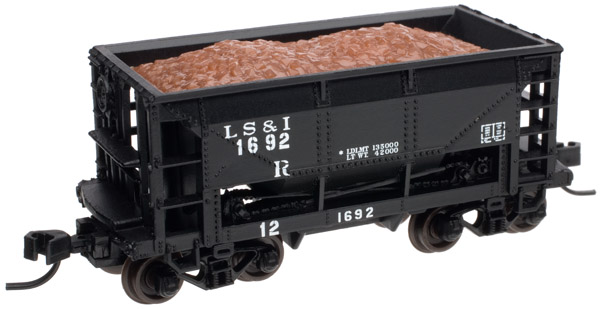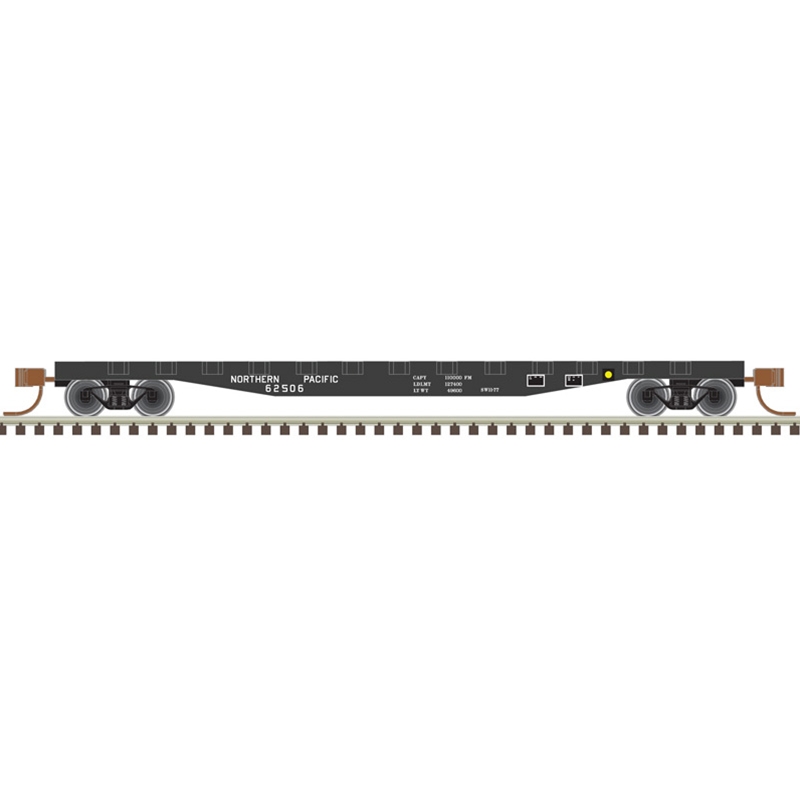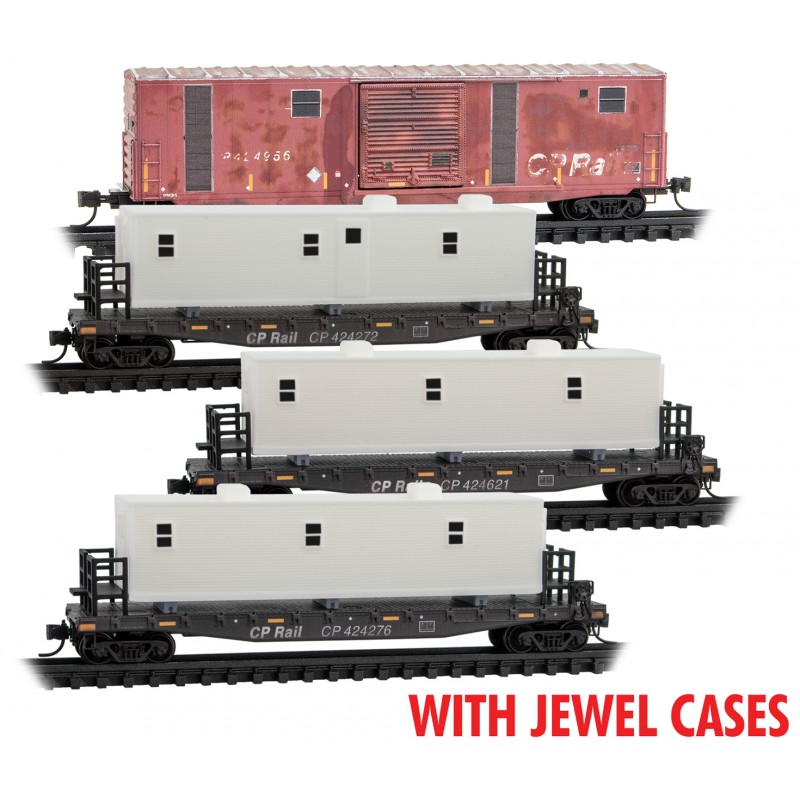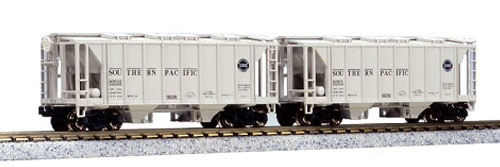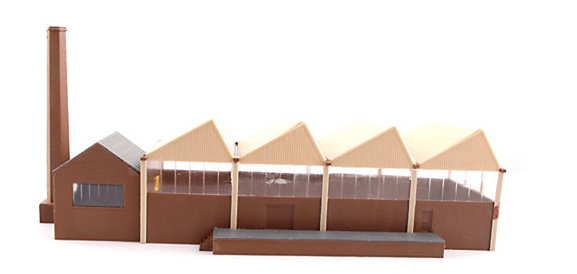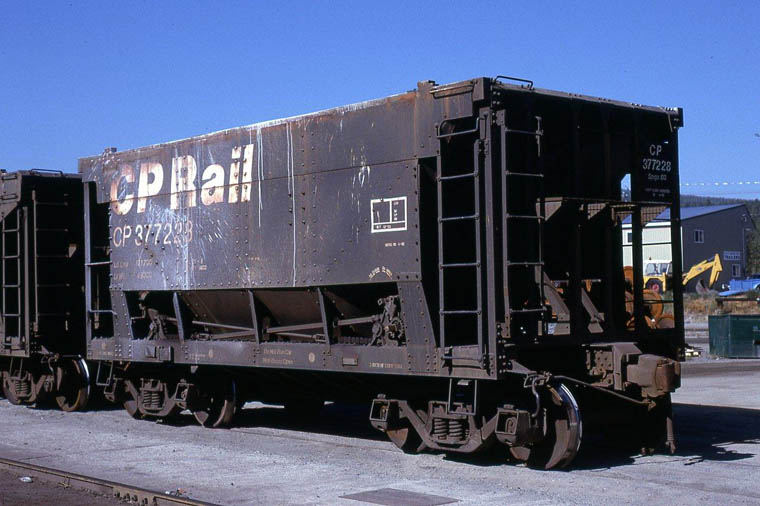Model Information: This model was first produced by Atlas in 1969 in their New Jersey facility with 4 road names at $1.50 each. The model was produced with nickel-silver plated wheels and Rapido truck-mounted couplers. The model was re-released in 1975 with 6 new road names at $2.50 each. More road names were added in 1976 and 1977 and the price was dropped to $2.00 per car. Due to popularity of this car for modeling freight yards, mines and long unit-trains (I recently saw a collection of 200 of these cars), it has been released over and over by Atlas. Later production runs wer moved to China sometime in the 1990s.
Prototype History: The bottom-dump ore car was developed in the late 1930s for use by Lake Superior ore railroads. It is a highly specialized railcar, measuring only 24 feet long and having a capacity of 70 to 80 tons. The 24 foot lenght was designed to be compatible with the 12 foot pocket spacing of the gravity-fed ore docks and the 12 yo 24 foot hatch spacing of the Great Lakes ore-carrying ships. These cars discharge into every other pocket.
The first 70 ton cars came to the DM&IR in 1937. 70 ton cars (with taconite extensions) are still in use today on DM&IR (CN) although they are getting pretty worn out. BN built new taconite cars in the 70's to replace the 70 ton NP and GN cars.
The first 70 ton cars came to the DM&IR in 1937. 70 ton cars (with taconite extensions) are still in use today on DM&IR (CN) although they are getting pretty worn out. BN built new taconite cars in the 70's to replace the 70 ton NP and GN cars.
Road Name History: 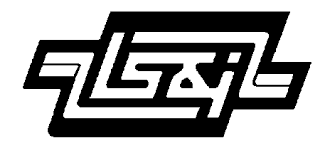 The LS&I opened in 1896 to move iron ore from pits west of Ishpeming to the Lake Superior port at Marquette, all in Michigan’s Upper Peninsula. In 1927, they bought an adjoining railroad which extended the LS&I east from Marquette to Munising. In 1979, they abandoned their own route between Marquette and Munising Junction, relying on trackage rights on a parallel Soo Line route instead. This left about 60 miles of line in their possession.
The LS&I opened in 1896 to move iron ore from pits west of Ishpeming to the Lake Superior port at Marquette, all in Michigan’s Upper Peninsula. In 1927, they bought an adjoining railroad which extended the LS&I east from Marquette to Munising. In 1979, they abandoned their own route between Marquette and Munising Junction, relying on trackage rights on a parallel Soo Line route instead. This left about 60 miles of line in their possession.
LS&I’s steam fleet was dominated by 2-8-0’s, many of which have been saved. Grand Canyon Railway, Western Maryland Scenic, and Ohio Central have all operated former LS&I consolidations. The diesel fleet was originally dominated by Alcos with GE U-Boats filling the gaps. Today, GE AC4400CW’s leased from CIT do the heavy pulling with U-Boats (in patched BN green paint) handling the yards and locals.
In addition to the iron traffic, like the other railroads in the area, LS&I also hauls various forest products. The railroad has always been owned by Cleveland Cliffs Iron Company and its successors.

LS&I’s steam fleet was dominated by 2-8-0’s, many of which have been saved. Grand Canyon Railway, Western Maryland Scenic, and Ohio Central have all operated former LS&I consolidations. The diesel fleet was originally dominated by Alcos with GE U-Boats filling the gaps. Today, GE AC4400CW’s leased from CIT do the heavy pulling with U-Boats (in patched BN green paint) handling the yards and locals.
In addition to the iron traffic, like the other railroads in the area, LS&I also hauls various forest products. The railroad has always been owned by Cleveland Cliffs Iron Company and its successors.
Brand/Importer Information: In 1924 Stephan Schaffan, Sr. founded the Atlas Tool Company in Newark, New Jersey. In 1933 his son, Stephan Schaffan, Jr., came to work for his father at the age of sixteen. Steve Jr. built model airplanes as a hobby and frequented a local hobby shop. Being an enterprising young man, he would often ask the owner if there was anything he could do to earn some extra spending money. Tired of listening to his requests, the hobby-store owner threw some model railroad track parts his way and said, "Here, see if you can improve on this".
In those days, railroad modelers had to assemble and build everything from scratch. Steve Jr. created a "switch kit" which sold so well, that the entire family worked on them in the basement at night, while doing business as usual in the machine shop during the day.
Subsequently, Steve Jr. engineered the stapling of rail to fiber track, along with inventing the first practical rail joiner and pre-assembled turnouts and flexible track. All of these products, and more, helped to popularize model railroading and assisted in the creation of a mass-market hobby. The budding entrepreneur quickly outgrew the limitations of a basement and small garage operation. Realizing they could actually make a living selling track and related products, Steve and his father had the first factory built in Hillside, New Jersey at 413 Florence Avenue in 1947. On September 30, 1949, the Atlas Tool Company was officially incorporated as a New Jersey company.
In 1985, Steve was honored posthumously for his inventions by the Model Railroad Industry Association and was inducted into the Model Railroad Industry Hall of Fame in Baltimore, Maryland. In addition, Steve was nominated and entered into the National Model Railroad Association Pioneers of Model Railroading in 1995.
In the early 1990s, the Atlas Tool Company changed its name to Atlas Model Railroad Company, Inc.
In those days, railroad modelers had to assemble and build everything from scratch. Steve Jr. created a "switch kit" which sold so well, that the entire family worked on them in the basement at night, while doing business as usual in the machine shop during the day.
Subsequently, Steve Jr. engineered the stapling of rail to fiber track, along with inventing the first practical rail joiner and pre-assembled turnouts and flexible track. All of these products, and more, helped to popularize model railroading and assisted in the creation of a mass-market hobby. The budding entrepreneur quickly outgrew the limitations of a basement and small garage operation. Realizing they could actually make a living selling track and related products, Steve and his father had the first factory built in Hillside, New Jersey at 413 Florence Avenue in 1947. On September 30, 1949, the Atlas Tool Company was officially incorporated as a New Jersey company.
In 1985, Steve was honored posthumously for his inventions by the Model Railroad Industry Association and was inducted into the Model Railroad Industry Hall of Fame in Baltimore, Maryland. In addition, Steve was nominated and entered into the National Model Railroad Association Pioneers of Model Railroading in 1995.
In the early 1990s, the Atlas Tool Company changed its name to Atlas Model Railroad Company, Inc.
Item created by: trainnut3500 on 2016-08-21 20:31:02
Last edited by: gdm on 2018-04-14 10:35:20
If you see errors or missing data in this entry, please feel free to log in and edit it. Anyone with a Gmail account can log in instantly.
Last edited by: gdm on 2018-04-14 10:35:20
If you see errors or missing data in this entry, please feel free to log in and edit it. Anyone with a Gmail account can log in instantly.


